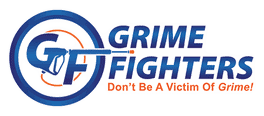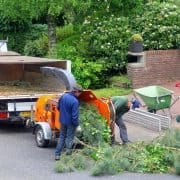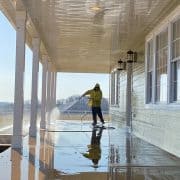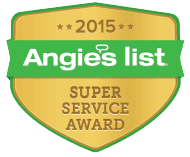Salty Paws, Pitted Sidewalks, and Parched Plants
How to Safely Minimize the Damaging Impact of Rock Salts on People, Pets, Property, and the Environment.
Treachery: From the Old French word, “trechier”, meaning: to cheat. Treachery is defined as cheating, trickery, or deceit; betrayal of trust; deceptive action or nature. When it comes to winter, there is a bit of “cheating” that can indeed be treacherous.
Rock Salt, comprised of large amounts of Potassium Chloride or Sodium Chloride, certainly cheats the effects of wintry ice and snow, but underneath that briny veneer lies a formidable breach of trust. While paving the way for safer, drier traction on slippery surfaces, untold damage lurks beneath. Rock salt may be friendly to your wallet, but has a great cost on humans, pets, property, and the environment.
Dangers include “salt burns” and rashes to exposed skin, accidental ingestion leading to vomiting, coughing fits and gastrointestinal symptoms, accidental exposure to pets and other animals leads to diarrhea, vomiting, seizures, fatigue, drooling, disorientation, long-term gastrointestinal issues, and salt poisoning. Further damage is seen in scorched plants as the melted solution seeps into the soil, as well as topically, dehydrating plants of moisture and nutrients. The soil becomes less fertile as salty concentrations create poor water infiltration and erosion. When large amounts of rock salt are used it seeps into the water supply, harming aquatic life and damaging drinking water.
When it comes to your home and property, the immediate benefits of rock salt are outweighed by long-term damage. The chlorides that quickly work to melt ice and snow create a brine that breaks the surface tension of ice on concrete, but also weakens the surface of concrete, resulting in disintegration. The subsequent freeze/thaw cycle that is created deteriorates concrete, creating pockets which allow more moisture to penetrate the surface, and thus slowly chip away as the integrity of the substrate breaks down. These chlorides similarly corrode steel, break down wood decking, even “burning” or “bleaching” indoor flooring.
Happily, there are safer alternatives, equally as effective, without such caustic effects. Other types of ice melts comprised of magnesium chloride and calcium chloride, cost slightly more, but prove their efficacy in lower freezing points, reducing the risk of salt burns, and proving more effective longevity in colder temperatures. Care and discretion must still be exercised as these do not provide as much traction, but can easily be supplemented by substrates such as kitty litter, sand, and coffee grounds, the latter of these also acting as natural ice melt, absorbing sunlight, heating surfaces to melt ice and snow, while providing extra traction. To protect our indoor and outdoor furry friends, look for a product that features “Pet Safe” on the label.
Other safety measures include storing any ice melting product in a sealed, air-tight container, away from sunlight and moisture, to prevent accidental leaching or spilling. Do not allow direct contact with skin or paws. Apply on surfaces before a storm arrives to minimize potential build-up. After a storm, first remove snow by shoveling, then use ice melt minimally, supplementing with traction alternatives as sand, coffee grounds, or kitty litter. Upon finishing, always remove shoes so as not to track substrates into the home, and immediately wash your hands, to prevent any accidental ingestion in yourself, or family members, especially the furry ones.
When it comes to safety, we would not intentionally harm ourselves, our loved ones, or our environment. Educating ourselves, we can make better choices for our family, our home, and our planet. Small choices can have a big impact.













